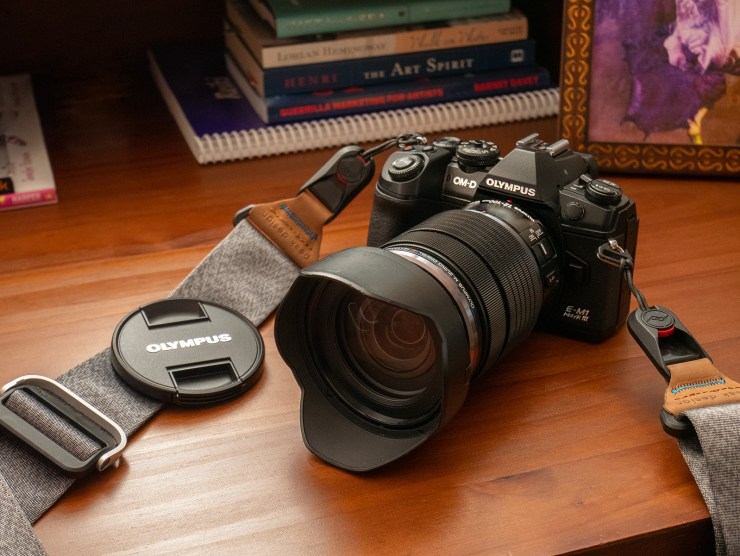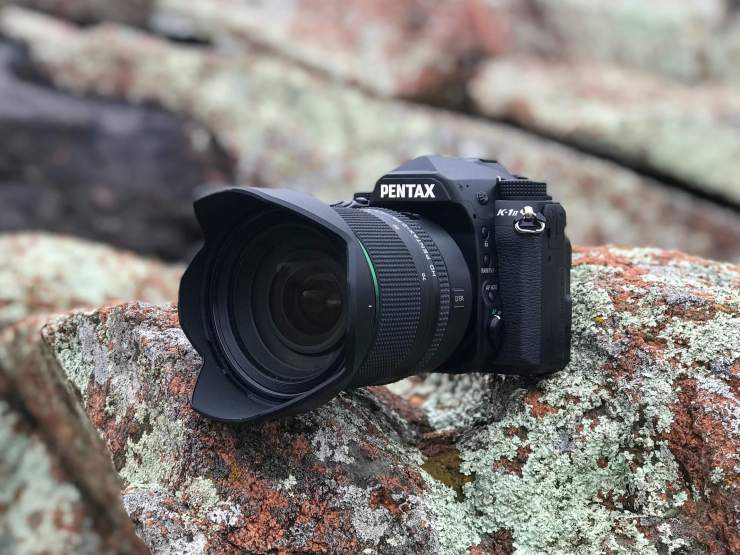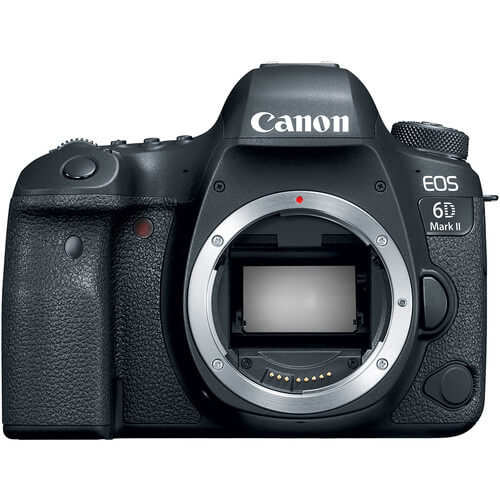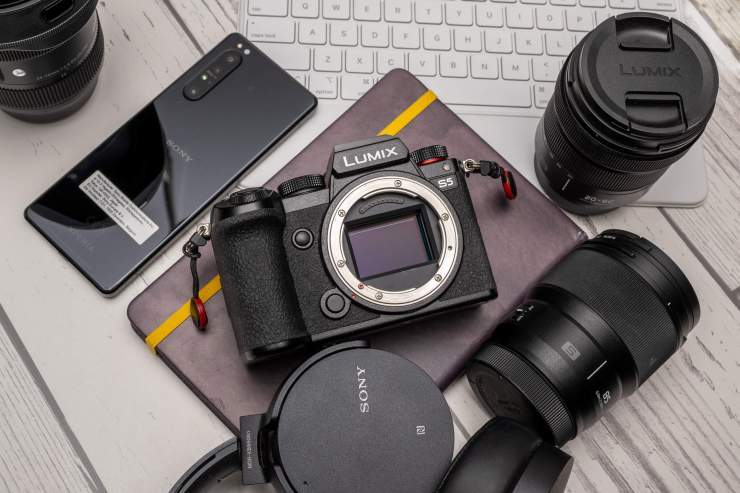Astrophotography season is right around the corner. If astrophotography is a genre you want to break into and you want a camera that is out of this world, this roundup is for you. We’re taking a look at the best cameras for astrophotography that don’t have astronomical prices.
Astrophotography can be quite challenging. There are a lot of moving parts and having sound knowledge of things like the 500 rule are vital. So, it would pay greatly to have a camera that can help take some of the guesswork out of creating stunning images of our place in the Milky Way. Some cameras are better suited to astrophotography than others, and surprisingly, some of the best cameras for astrophotography cost well under $2,000.
If you want a camera that’s well built, packed with tech, and can withstand hours outside on cold nights, the cameras listed here are the ones that need to be on your radar.
Olympus E-M1 III — The best camera for star trails

A Micro Four Thirds camera for astrophotography? I promise you, I haven’t gone mad (yet), but yes, the E-M1 III is a great camera for astrophotography. While many mock the M4/3 platform for the small sensor, thanks to some smart software, the camera punches well above its weight. Live composite mode in Olympus cameras is simply stunning.
Live composite allows you to take a clean base image, and then from that point on the camera will only record new light that hits the sensor. What you end up with is one incredible RAW file that you can easily edit. This makes the E-M1 III one of the best cameras on the market for producing star trails. On top of this, you’ll get impressive IBIS, dual card slots, insane amounts of weather sealing, great battery life and more! It’s a stunning camera at a great price.
CHECK THE LATEST PRICES AND AVAILABILITY HERE
Pentax K-1 II — Simply the best option for astrophotography

The Pentax K-1 II might just be the greatest camera for astrophotography ever made. Thanks to the incredible 36-megapixel full-frame sensor and its ability to shoot at high ISOs effortlessly, the K-1 II is well suited for shooting in the dark. However, there’s far more to this camera that makes it one of the best to capture the stars.
The Pentax K-1 II has Astrotracer. Astrotracer uses the built-in GPS to locate your position on the globe. The camera then uses the IBIS system to move the sensor and track the movement of the stars for up to five minutes. It’s incredible. You’ll also get some of the best weather sealing in the business. There’s a night mode that turns the LCD red for easier viewing in the dark, dual card slots, and a stunning pentaprism viewfinder. This camera reaches for the stars and grabs them with both hands,
CHECK THE LATEST PRICES AND AVAILABILITY HERE
Canon EOS 6D Mark II — Still one of the best DSLRs for night sky photography

The original Canon EOS 6D holds legendary status in the astrophotography community. At the time, the 6D was an affordable entry-level full-frame DSLR that performed impeccably at high ISOs. Astrophotographers jumped on this and pushed the camera to its max and the results were impressive.
When the Canon EOS 6D Mark II was released, hopes were high that it would be as good for astrophotography as the original 6D. It hasn’t disappointed astrophotography fans. The 26.2-megapixel full-frame sensor performs admirably at high ISOs. The build quality is fantastic, it has weather sealing, top battery life and a fully articulating screen. At under $1,400, this camera is a bargain!
CHECK THE LATEST PRICES AND AVAILABILITY HERE
Panasonic Lumix S5 — One of the best mirrorless cameras for astrophotography

Another fantastic camera for astrophotography. The Panasonic Lumix S5 is the only full-frame mirrorless camera that features live composite technology. Similar to the Olympus E-M1 III, you can take a clean base image and then let the camera stack new light into the image. This means you create stunning star trails with ease.
Being a full-frame camera, the S5 also performs wonders in low light. I have no issues pushing the S5 to ISO 12800 and beyond. The camera has weather sealing and dual card slots. There’s also a fully articulating screen, it’s easy to use and the image quality from the 24-megapixel sensor is wonderful. If you want an affordable full-frame mirrorless camera for astrophotography, check out the Panasonic Lumix S5. You can read our full review here.
CHECK THE LATEST PRICES AND AVAILABILITY HERE
Tell your story with the second annual Visual Storytelling Conference!
Experience four days of interactive, online training sessions featuring a range of educational content with experienced photographers and content creators. This free event kicks off with a series of technical boot camps to build essential skills, followed by live, online sessions on photography, video, business and social media. Join live from March 10-13, 2022!
